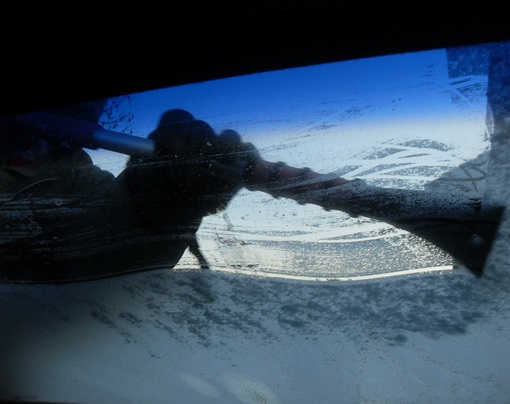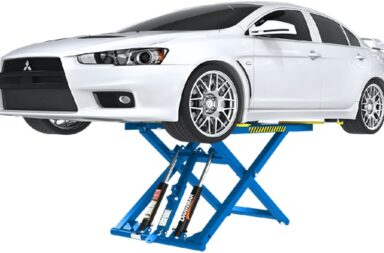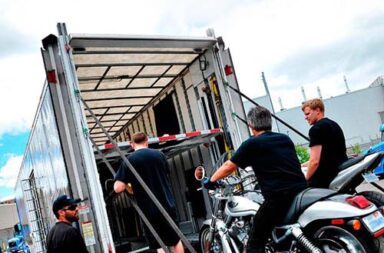Top tips for safe journeys this winter season.
Winter can be a beautiful time to drive. Clear, crisp blue skies and bare branches framing frosty hedgerows. But those winter dreams will soon turn into dark, cold nightmares if you don’t keep your car winter-ready. Recovery firms tell us that you’re twice as likely to break down in the winter season, but that doesn’t have to be the case. Keep your car, and yourself, on the right side of the road this winter by following this winter checklist.
Get a winter car service
If your car is due a service, get it done before the cold winter weather arrives. Whether you have a brand new car from London or a used car from Weston, giving it a winter service will guarantee it’s still running in the summer.
Check your car battery
Cold and damp weather can play havoc with your car’s 12-volt battery. Not only does the cold weather make it more difficult for your engine to turn over, but it also impacts the power your battery can provide. In ideal weather conditions, your battery will normally last between three and five years. But let’s be honest, in Britain we don’t get ideal weather conditions. If you haven’t replaced your battery in three years, then it might be time to consider treating your car to a new one. A tired battery won’t give you the power your car needs, and once the heater, lights and other electricals are running during those dark winter commutes, the strain could prove too much.
Mind where you park
Especially important during the latter stages of autumn when the leaves are falling in earnest, being mindful of where you park could be the difference between your car strolling through winter or huddling by the side of the road. Wet, damp and decomposing leaves can fall from trees and land on the air vents between your bonnet and windscreen. If left, the sludge and runoff from these leaves can drip into the engine and end up rotting the ECU, maiming your car. Whilst not fatal, this will be an expensive fix and one that can easily be avoided.

Check your antifreeze
Antifreeze is integral for when the weather drops below freezing because, as the name suggests, it stops the water in your engine coolant system from freezing. But it’s important you check the mix first. You want your engine coolant to be a 50/50 mix of water and antifreeze. It is also an idea to top it up over time as the antifreeze becomes diluted.
Check your tyres

Winter brings wet and cold conditions, and with that comes icy roads. Making sure your tyres are up to the challenge will not only allow you to drive safely but will also keep your fuel bill down and you’ll stay on the right side of the law. When checking your tyres, pay careful attention to the tyre tread depth. The legal limit is 1.6mm, but the deeper the tread the more control you will have over steering and braking. The drop in temperature can also cause your tyre pressure to drop, so keeping an eye on your tyres and topping up the air as and when is key to safe and happy driving this winter. You can always consult a professional, for example Tesla tire change services to make sure your winter ride is as safe as possible.
Look at your lights

Checking your lights is important all year round, but it becomes imperative when the light drains away from the sky so quickly. If you drive to work then chances are you will be leaving and returning in the dark. It’s suggested that you’re 15% more likely to have an accident in the winter than you are in the summer. Being able to see where you are at all times could be the difference between life and death. Check bulbs and lenses, make sure the beams are going in the right direction and make sure indicators, full beams and fog lights are in perfect working order. It’s also a good idea to clean the lenses as mud and grime will reduce the effectiveness of the lights.
Carry your winter car kit
Even the most well-planned journey and the best-serviced vehicle can end up on the side of the road. This is where your winter car kit will come in. It should include:
- Ice-scraper and de-icer – 3 points and £100 fine is in store for any driver who doesn’t remove snow and ice from their windscreen this winter.
- A torch and spare batteries – If you are unfortunate to break down, you’ll need to find a safe place to wait for assistance. A torch will brighten up the darkest of verges.
- A phone charger – Being able to let loved ones know you’re running late will save them from worrying, and the best way to do that is to have a fully charged phone at all times. Just remember that using a handheld device at the wheel will get you six points. If you’ve had your license less than two years, this will equate to an automatic ban.
- A high visibility vest – Much like a torch, waiting by a broken down vehicle in the dark will be much safer if other drivers can see you.
- A map – No signal and road closures or diversions? It may be old school but a map can help you plan a new journey and stay on the road.
- A blanket – Keeping warm in winter is incredibly important, especially when waiting for a recovery vehicle. Make sure you’ll be cosy by always keeping one in the boot.
- First aid kit – Sterile wraps, plasters, dressings, scissors and painkillers can all be used to treat minor injuries. A good first aid kit will contain all of these.
- Sunglasses – Winter isn’t always doom and gloom. Some sunny days can create difficult driving conditions as well. The sun is bright and often low in the sky, and can cause vision problems, especially when it shines off a damp road.



